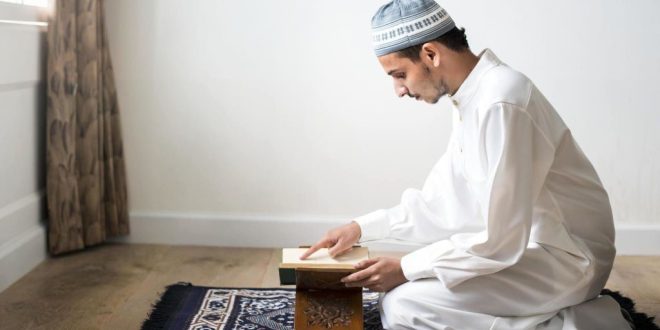In the rich tapestry of Islamic tradition, prayer holds a central place. It is not merely an act of worship but a profound connection between the believer and the Divine. At the heart of this spiritual practice lies the Muslim prayer mat—a simple yet deeply significant item that encapsulates the essence of devotion for millions of Muslims worldwide.
Origins and Significance
The history of the prayer mat intertwines with the evolution of Islam itself. While the precise origins are difficult to trace, the practice of using a designated area for prayer dates back to the time of Prophet Muhammad (peace be upon him). Initially, Muslims prayed on any clean surface facing the Kaaba in Mecca, but as the community expanded, the need for a portable, clean space for prayer arose.
The prayer mat, known as “sajjadah” in Arabic, serves several purposes beyond providing a clean surface for prayer. It symbolizes the believer’s commitment to their faith, humility before the Almighty, and reverence for the act of worship. It is a physical manifestation of spiritual discipline and serves as a focal point for concentration during prayer.
Design and Symbolism
Muslim prayer mat comes in various designs, colors, and sizes, reflecting the diverse cultural and artistic traditions of the Muslim world. However, certain elements are commonly found across different styles, each carrying its own symbolic significance:
1. Qibla Direction Indicator:
Embedded within the design of the prayer mat is often a subtle indication of the direction of the Qibla—the direction Muslims face during prayer, towards the Kaaba in Mecca. This feature ensures that worshippers align themselves correctly during their prayers, no matter where they are.
2. Ornate Patterns:
The intricate patterns adorning prayer mats are more than mere decoration; they are a reflection of Islamic art and architecture. These geometric motifs, arabesques, and floral designs echo the beauty and complexity of the universe, reminding worshippers of the divine order and harmony present in creation.
3. Spiritual Symbols:
Some prayer mats may incorporate symbols or inscriptions from the Quran or other religious texts, imbuing them with added spiritual significance. These symbols serve as reminders of the teachings of Islam and encourage reflection and contemplation during prayer.
Cultural Significance
Beyond its religious importance, the prayer mat holds deep cultural significance within Muslim communities worldwide. It is often passed down through generations as a cherished family heirloom, carrying with it the memories and traditions of those who have used it before.
In many Muslim-majority countries, the production of prayer mats has become an art form in itself, with skilled artisans weaving intricate designs using traditional techniques passed down through centuries. These mats often reflect the unique cultural heritage of their place of origin, serving as a source of pride and identity for their owners.
The Ritual of Prayer
The act of prayer itself is a deeply ritualistic and spiritual practice in Islam. Five times a day, Muslims perform Salah, the ritual prayer prescribed by Islam, facing towards the Kaaba in Mecca. Before beginning their prayers, worshippers carefully unfurl their prayer mats, creating a sacred space for communion with the Divine.
As they kneel and prostrate upon the soft fabric of the mat, Muslims enter into a state of focused devotion, reciting verses from the Quran and engaging in supplication. The prayer mat serves as a physical anchor, grounding the believer in the present moment and facilitating a deeper connection with Allah.
Beyond the Physical Realm
The significance of the prayer mat extends beyond its physical dimensions. It serves as a metaphor for the spiritual journey undertaken by every Muslim—a journey of self-discovery, introspection, and communion with the Divine.
Through the act of prayer, believers transcend the confines of the material world, seeking solace and guidance in the realm of the spiritual. The prayer mat becomes a portal through which they embark on this sacred journey, leaving behind the distractions and concerns of everyday life to commune with their Creator.
Conclusion
In a world characterized by constant change and upheaval, the Muslim prayer mat remains a steadfast symbol of faith and devotion. Its humble presence in homes and mosques around the world serves as a reminder of the timeless values and principles that unite the global Muslim community.
As believers bow their heads in prayer, their hearts are uplifted by the knowledge that they are part of a tradition that stretches back through the annals of time—a tradition grounded in faith, humility, and reverence for the Almighty. In the quiet moments of reflection afforded by the prayer mat, they find strength, solace, and spiritual nourishment, reaffirming their commitment to the path of Islam.
Indeed, the prayer mat is more than just a piece of fabric; it is a sacred symbol of the enduring bond between humanity and the Divine—a bond that transcends the boundaries of time, space, and culture, uniting believers in a shared journey of faith and submission to the will of Allah.
 Isaiminia World Breaking News & Top Stories
Isaiminia World Breaking News & Top Stories



